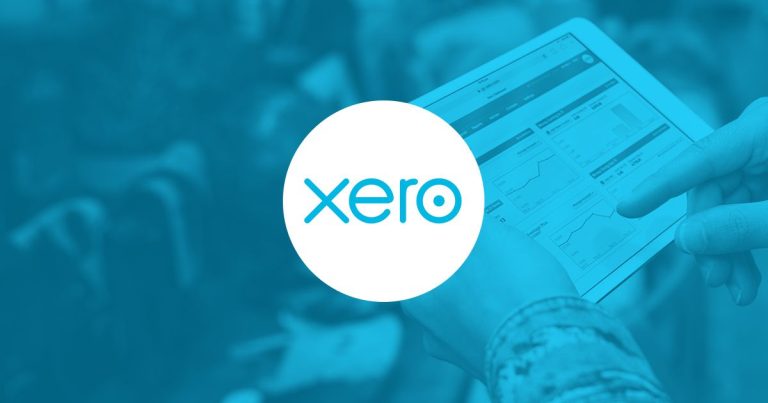Since 1999, tax planning measures have been implemented to support the small business community by offering concessions on the capital gains tax (CGT) amount payable upon the sale of a business. These concessions, known as the Small Business Concessions (SBC), carry substantial importance and can help you minimise the CGT through effective tax planning strategies for the sale of your business.
Please note these CGT SBC are additional to the CGT General Discount, where you can discount the capital gain if you have held the asset for more than 12 months. The combination of the General Discount and the CGT SBC can mean you can make a large proportion of your capital gains on the sale of your business non-taxable.
There are four main concessions available, which we will discuss later in this article. To access any of these concessions, primary conditions must be satisfied as follows.
Primary Conditions for Accessing the Concessions
- You are a Small Business
You will generally be treated as a small business entity if the sum of your group’s turnover in the year or the previous year was less than $2 million.
Even if you are above this threshold, you can still be a small business if, at the time of disposal of the asset, the sum of the net asset value of your entity, of any entities and individuals connected with your entity, is less than $6 million. This is a very complex calculation as there are some assets caught while other assets are not caught within this measurement (eg your home and superannuation are not counted);
- The Asset sold is Active
The CGT asset sold is active if it is an asset used while carrying on a business (including goodwill). It must have been an active asset during at least half of the period held and specifically just before the disposal of the asset.
Specific rules apply for some passive assets (like commercial properties used in the business), which might still allow you access to the concessions.
If you are selling shares in a company or an interest in a trust, the active asset test above will only be satisfied if 80% of the assets owned by the company or trust are active assets for at least half of the ownership period.
- You are a Significant Individual
If the CGT asset sold is a share in a Company or interest in a Trust, there must be a Significant Individual in that entity. This individual holds at least 20% beneficial ownership of all share rights. This can be satisfied by tracing through interposed entities like Trusts. If the CGT asset sold is not this type of asset, then satisfaction of this requirement is unnecessary.
CGT Concessions available
If these conditions are satisfied, the concessions available are as follows:
- The small business 15-year exemption
This is available where the CGT asset has been held for a continuous 15-year period. In addition, the individual is over 55 years of age, and the disposal of the asset is connected with the individual’s retirement or permanent incapacity. Where the CGT asset is a share in a company or an interest in a trust, there must have been a significant individual (at least 20% interest) for the entire ownership period.
- The small business has a 50% active asset exemption
Under this exemption, net capital gains are reduced by 50% (in addition to the 50% General Discount). This is only calculated after applying all current and prior year capital losses and the 50% General Discount.
- The small business retirement exemption
This exemption does not require the taxpayer to have retired. However, where the taxpayer is an individual under 55, the exempt amount must be rolled into a superannuation fund. There are significant complexities and timing requirements, so care is needed here. The retirement exemption allows $500,000 per stakeholder to be tax-free on top of the other discounts above.
- The small business roll-over concession
This allows the taxpayer to roll over a gain made into a replacement asset. This must occur between one year before and two years after the occurrence of the CGT event in the income year of the rollover. Under this option, the cost base of the replacement asset is reduced by the capital gain rolled over.
Structuring your CGT Concessions
It is important to note that these measures are not mutually exclusive. This means you can access more than one of these concessions in the order you choose if you satisfy the conditions. Additionally, utilising the above concessions does not stop you from accessing the general 50% discount on capital gains where the asset is held for more than 12 months.
Accessing more than one of these concessions needs planning to take full advantage of the available benefits. While everyone’s circumstances are different, if available, the concessions could be accessed in the following order:
- 15-year exemption
- 50% general discount concession
- 50% active asset exemption
- Rollover residue gain into replacement asset
- Apply any balance, where appropriate, to the retirement exemption (up to the $ 500,000 lifetime limit)
Please note that any gain rolled over into a replacement asset cannot be discounted by the 50% active asset exemption or 50% general discount concession on the sale of the replacement asset. Consequently, these 2 concessions must be utilised before using the rollover concession. There are some differences in the tax result depending on the type of structure making the gain.
For example, a family business run through a trust could utilise the General Discount, Active Asset Discount and Retirement exemption for the husband and wife and get a $4M capital gain down to Nil.
This area is very complex, and the above is just a summary. The ATO is looking very closely at all CGT SBC claims in your tax returns, and you must expect an ATO review should you make a claim. It is essential to get the procedure and timing right. Otherwise, you will miss out on the concessions.
Along with this, the only way to ensure access to the concessions is to plan ahead. If you plan to sell your business in the next 5 years, look at your structure, business affairs and asset levels to see whether you can claim the concessions. Some legitimate planning strategies can be put in place to enable you to access the concessions, but these will not be able to be done too close to the sale. Get the planning done early, as this is the only way to ensure you can save CGT on the sale of your business.
As an aside, the explanation above is a very simplified summary or what is a very complex piece of legislation. It is imperative that, should you be looking at the CGT SBC, that you take professional advice well in advance to ensure you get it right.
Author – Michael Goodrick
*Correct as of 27 February 2024
*Disclaimer – Kreston Stanley Williamson has produced this article to serve its clients and associates. The information contained in the article is of general comment only and is not intended to be advice on any particular matter. Before acting on any areas in this article, you must seek advice about your circumstances. Liability is limited by a scheme approved under professional standards legislation.














